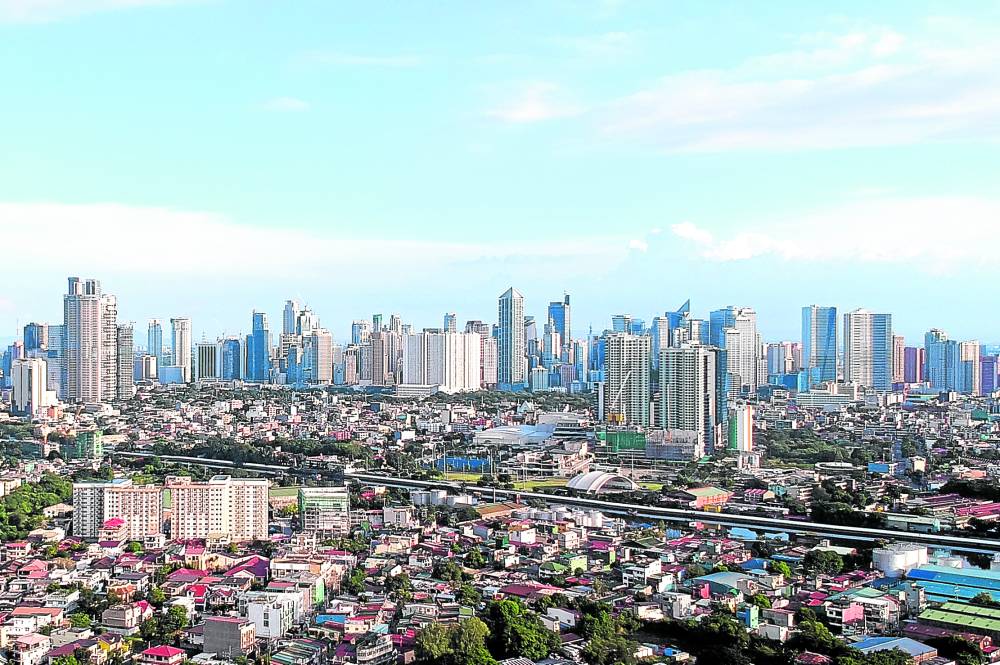The Metro Manila pre-selling condominium market continues to see challenges.
We are likely to post record low launches and take-up given the pre-selling figures as of the first half. The capital region continues to record a lengthened remaining inventory life, worsened by elevated mortgage rates, high prices of construction materials, and surging land values in major business districts.
What’s encouraging is that we continue to see the shift to suburbia as developers and investors look for properties to develop and acquire in other major growth areas including Central Luzon, Southern Luzon, Western Visayas, Central Visayas, and Davao Region.
Colliers encourages developers to continue seizing opportunities in these regions. Given this strategy, “sustained, strategic, and on schedule” infrastructure will remain pivotal in guiding developers’ expansion.
New projects in high growth regions
Horizontal projects remain attractive. We encourage developers to consider the viable locations for house-and-lot (H&L) and lot-only projects including provinces in Calabarzon, Central Luzon, Central Visayas, Western Visayas, and Davao region. H&L projects in these property hotspots recorded an average annual price increase of 4 percent to 7 percent from 2016 to 2023. Lot-only developments recorded stronger price appreciation during the period, ranging between 7 percent and 15 percent yearly from 2016 to 2023.
Previous Colliers polls also showed the attractiveness and viability of these locations, which are also among the major recipients of remittances from Filipinos working abroad. The steady inflow of remittances ensures stable demand for residential end-use.
Additionally, data from the Bangko Sentral ng Pilipinas showed that these regions also accounted for a combined 65 percent of total real estate loans granted by Philippine banks in Q1 2024, an increase from 61 percent in Q4 2023.
New infra remains pivotal
As Colliers Philippines highlighted previously, infrastructure projects have helped redefine and redirect developers’ expansion strategies.
The construction of key public projects, especially in prime property destinations outside the capital region, has provided access to properties that can be redeveloped into massive integrated communities offering a mix of vertical and horizontal projects.
Due to road projects, for instance, business opportunities have spilled over to nearby areas such as Cavite, Laguna, and Batangas. In other parts of Luzon, Pampanga, Bulacan, and Tarlac remain attractive options for property firms.
This has been evident especially with a more pronounced launch of townships in these provinces. Outside Davao and Cebu, growth areas in Visayas and Mindanao include Bacolod, Iloilo, and Cagayan de Oro. These areas are among those that will likely benefit from the government’s massive infrastructure push even beyond the incumbent administration.
Among the new projects lined up for completion in these localities include the New Manila International Airport, Davao Airport Expansion, MRT-7, North-South Commuter Railway (NSCR), Metro Cebu Expressway, and Panay-Guimaras-Negros Bridge. Because of these massive public projects, developers such as Rockwell Land, Ayala Land, Megaworld, Filinvest Land, and Cebu Landmasters have aggressively and strategically landbanked in these areas.
In the next few years, we see developers taking advantage of this improving infrastructure connectivity to launch more leisure-centric projects.
Attractive promos, payment schemes
At the peak of the pandemic, we have observed developers offering attractive and innovative promos to address the lukewarm demand in the pre-selling market. Some have given discounts of up to 15 percent on spot cash payments in select projects. Other developers have offered lower reservation fees, and free items such as appliances, furniture, and gadgets.
Colliers recommends that developers remain aggressive in offering promos and revisit their payment schemes especially with still sizable number of ready-for-occupancy (RFO) units in Metro Manila. We are seeing extended downpayment terms of up to 84 months for some newly launched projects. Colliers believes that affordable amortization and extended payment terms should help reignite residential appetite from investors and end-users. A potential interest rate cut should also lift demand.
What’s in store for the remainder of 2024
Residential demand outside Metro Manila continues to offset the lukewarm take-up we are seeing in the capital region.
Disruptions in the Metro Manila market have been compelling developers to rethink strategies and capture steady end-user demand especially in key growth areas outside the capital region. As I stressed previously, developers are banking on the fact that the appetite for horizontal remains unequivocal.
The Philippines is still projected to be one of the fastest growing economies in Southeast Asia. Our young and mobile workforce is actively contributing to the country’s economy while ramped up infrastructure implementation will help resuscitate the property market. These indicators and initiatives should keep the Philippine property afloat in the years to come.
For feedback, please email joey.bondoc@colliers.com


